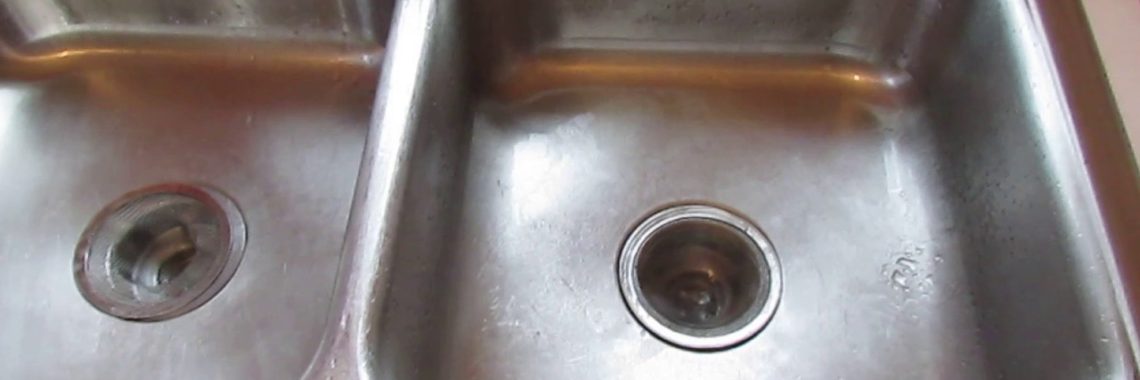Replacing a Sink Drain
If you have decided to replace the parts (or you have to because they broke when you removed them), it’s a good idea to take the drain pieces to the hardware/home improvement store so that you can make sure you get the right lengths and replacement parts.
With the new parts acquired, clean any of the remaining pieces. This means the fitting that sticks out of the wall or floor, and the fitting that protrudes down from the sink. (note: If you’re replacing the faucet, it may come with a new drain stopper. If this is the case, you’ll want to remove the existing stopper and install the new one.
You may have to cut some pieces to match your previous installation. You can use the old pieces to gauge your lengths. Don’t be too scared about the measurements because most plumbing measurements are +/- 2″. Use a common hacksaw to make the cut, try to cut as straight as possible.
Installing the compression rings
Your new pieces will come with new compression rings and nuts. Assemble the drain in the reverse order that you disassembled it. The two curved pieces will connect to each other and make an ‘S’. Certain drain types will use a ‘P’ trap. Just make sure you have the same kind that you pulled out, unless you had no trap. In that case you’ll have to install a ‘P’ trap for ‘into the wall’ installations, and an ‘S’ trap for ‘into the floor’ installations.
Now, on the fittings that have a long shaft, slide the nut on first so that the threads face the direction of the mating piece. Then slide the compression ring on after it. Slide the piece in its mate and match up the other pieces. You can slide the compression rings into place and very loosely tighten the nuts. You want to be able to move the pieces freely around while you fit the other pieces.
Once all the pieces are in place, start at the top and hand tighten each nut. It is possible to over tighten, especially PVC. You can crack it by tightening too much, but it should be quite snug. When you’ve finished the last nut, dry all the pipes with a towel and have your wife turn the water on (or your husband) and watch to see if you have any leaks. If there are any, tighten the nut and wipe it dry. Remember that water on a pipe can look like it’s coming from one place, and actually be coming from another. Follow it to the source. Now you’re a hero, at least for a day.
